Man and cameraman. Shaw and Photography
“I would willingly exchange every single painting of Christ for one snapshot.” – George Bernard Shaw (1856-1950)
The Irish Playwright, literary critic and essayist was an avid amateur photographer, taking and collecting around 20,000 images between the 1870s to 1950. Shaw began his love affair with photography in 1898 when he bought his first camera, a simple box camera. He continued taking photographs until his death in 1950, using a variety of cameras. Before he began taking pictures himself, Shaw had already been an advocate of photography as an art form, writing on the subject and reviewing photographic exhibitions.
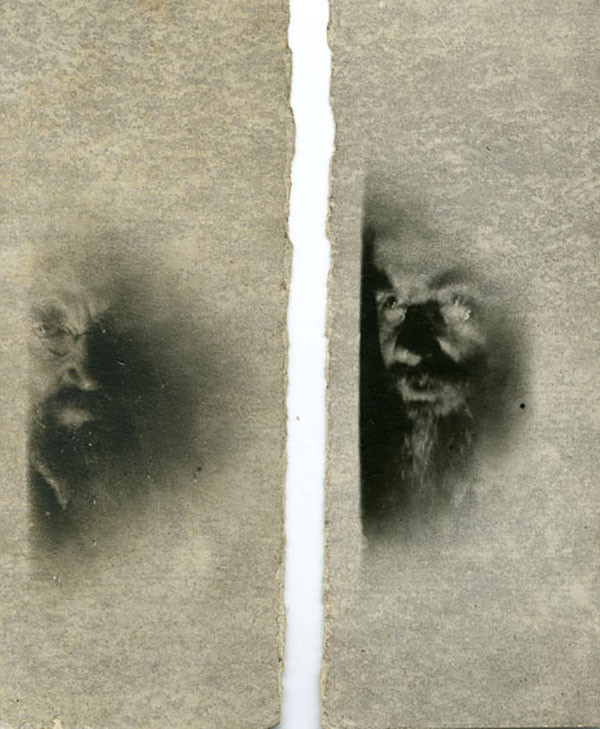
“I always wanted to draw and paint. I had no literary ambition: I aspired to be a Michael Angelo, not a Shakespeare. But I could not draw well enough to satisfy myself; and the instruction I could get was worse than useless. So when dry plates and push buttons came into the market I bought a box camera and began pushing the button.”
Shaw’s collection, which the National Trust handed to the London School of Economics in 1979, gives a fascinating insight into literary, artistic and political life during Shaw’s lifetime. It also features images taken by his friend TE Lawrence, Lawrence of Arabia – during the Arab Revolt. A conservation and digitization project was launched in 2010 at LSE the school he was a co-founder of.
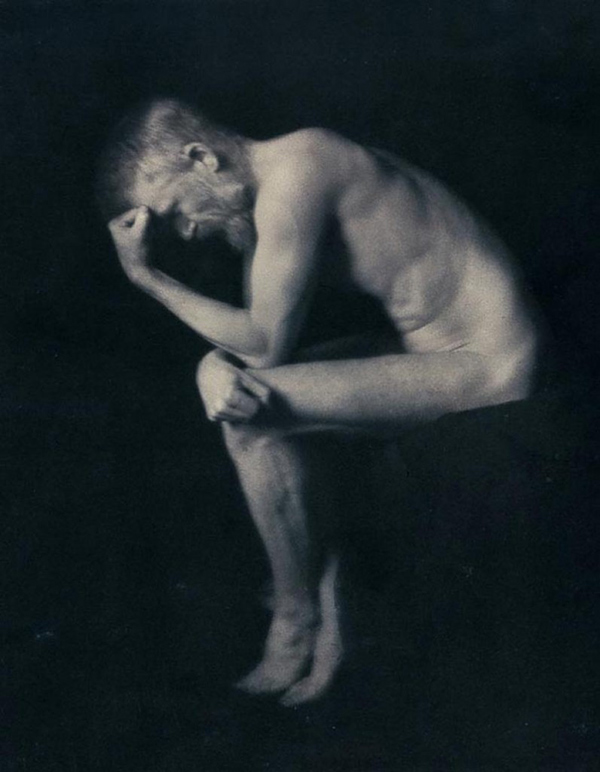
On the above photograph he declared: “I’ve posed nude for a photographer in the manner of Rodin’s Thinker, but I merely looked constipated.”
His enthusiasm for photography, the human form and the accuracy of reproduction that the medium allowed is perhaps a reference to the original story of Pygmalion, and the idea of bringing artwork to life, or at least representing the human form as accurately as possible. He certainly saw photography as the perfect opportunity to explore a more accurate representation of the human form, and commented on this several times.
As a reply to press comments on his posing in the nude for “Le Penseur”, “The Thinker” (above) he went on to say: “Though we have hundreds of photographs of [Charles] Dickens and [Richard] Wagner, we see nothing of them except the suits of clothes with their heads sticking out; and what is the use of that?” Though throughout the years Shaw photographed countless luminaries of his time, I found his self-portraits particularly interesting, ranging from the serious to the playful, audacious and experimental… From self portraits showing the intense eyes of a drama writer in classic poses, to more adventurous lighting as well as playful images using mirrors both nude and clothed, Shaw certainly went beyond the norms of early photography.
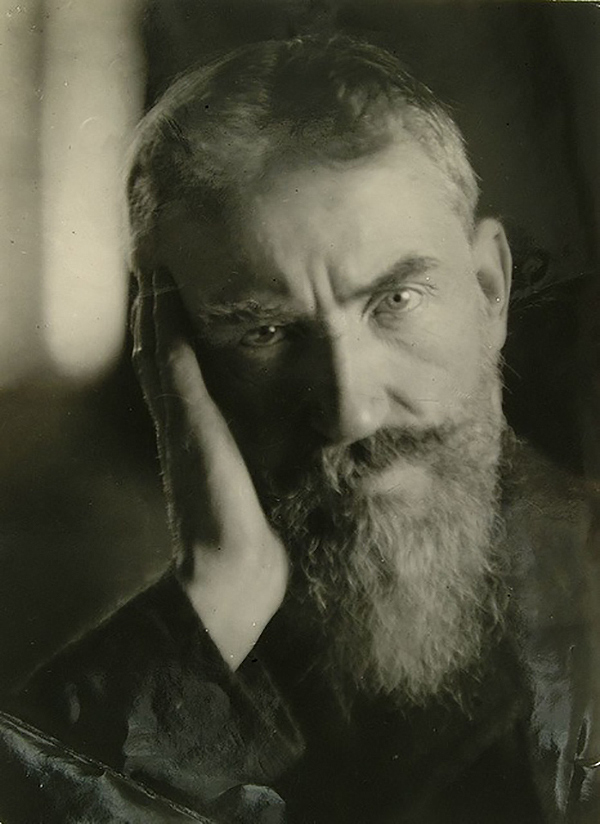
GB Shaw/LSE. Collection of the National Trust
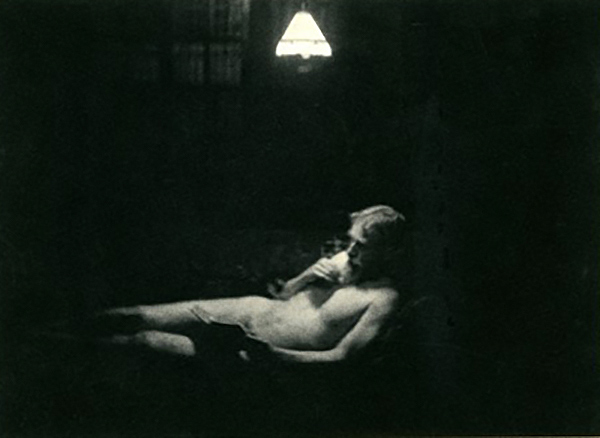
GB Shaw/LSE. Reproduced by kind permission of the Society of Authors, the National Trust and the London School of Economics.
On photography and nudity Shaw said: [standfirst]”The camera can represent flesh so superbly that, if I dared, I would never photograph a figure without asking that figure to take its clothes off”[/standfirst]
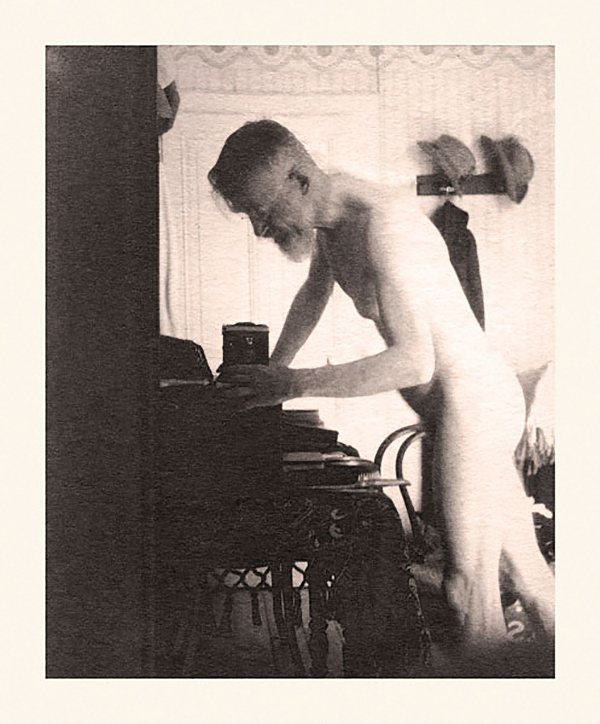
Shaw was also an early critic of image manipulation. “Technically good negatives are more often the result of the survival of the fittest than of special creation or “retouching” which can only be compared to the pipes and moustaches with which portraits of the sovereigns of England get decorated. [manipulated/retouched images] ought…to be excluded from a photographic exhibition, on the simple grounds that it is not photography.” From Shaw’s article for an exhibition by his friend Alvin Coburn (1906).
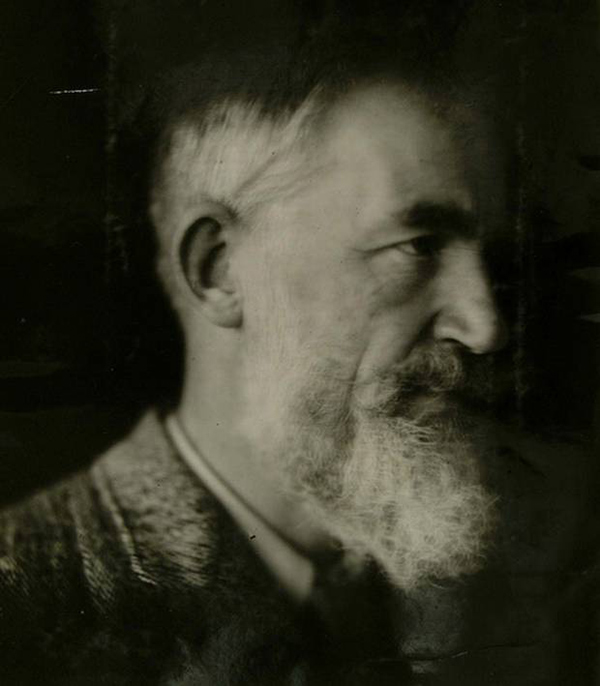
GB Shaw/LSE. Reproduced by kind permission of the Society of Authors, the National Trust and the London School of Economics.
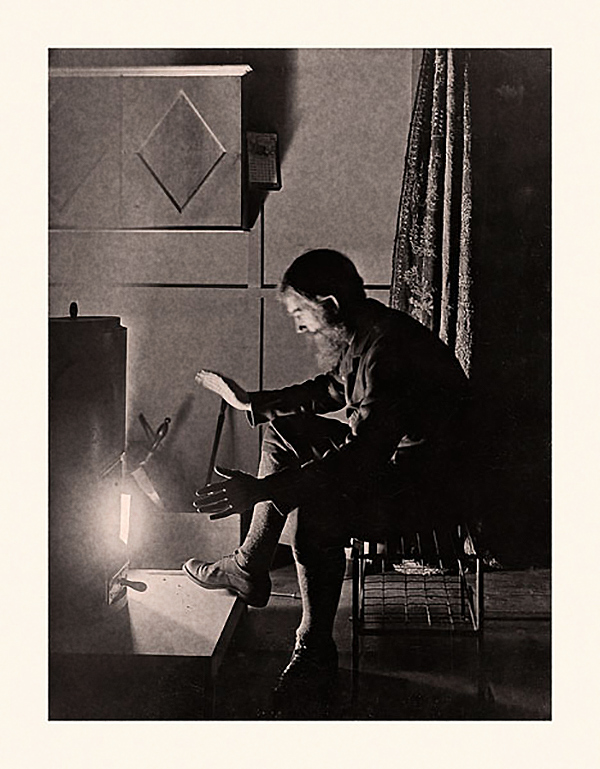
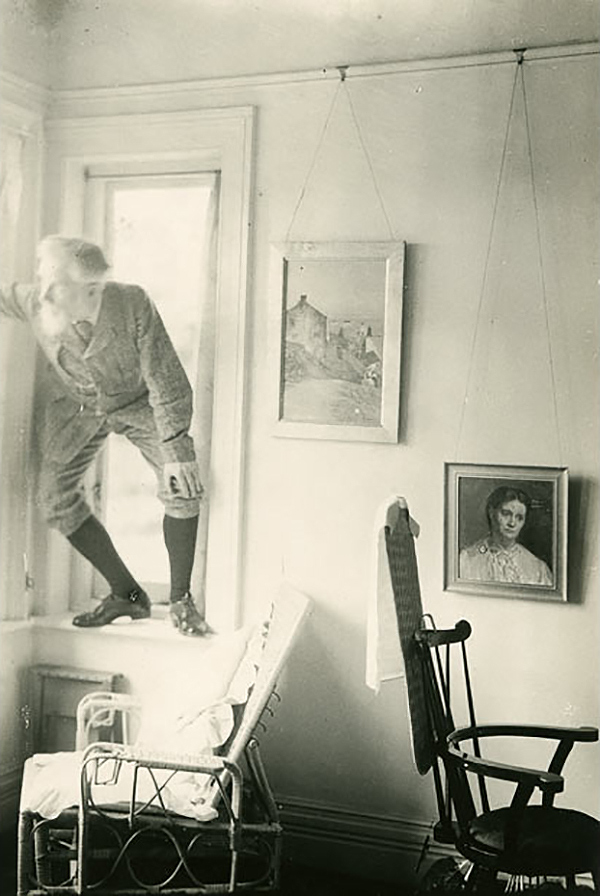
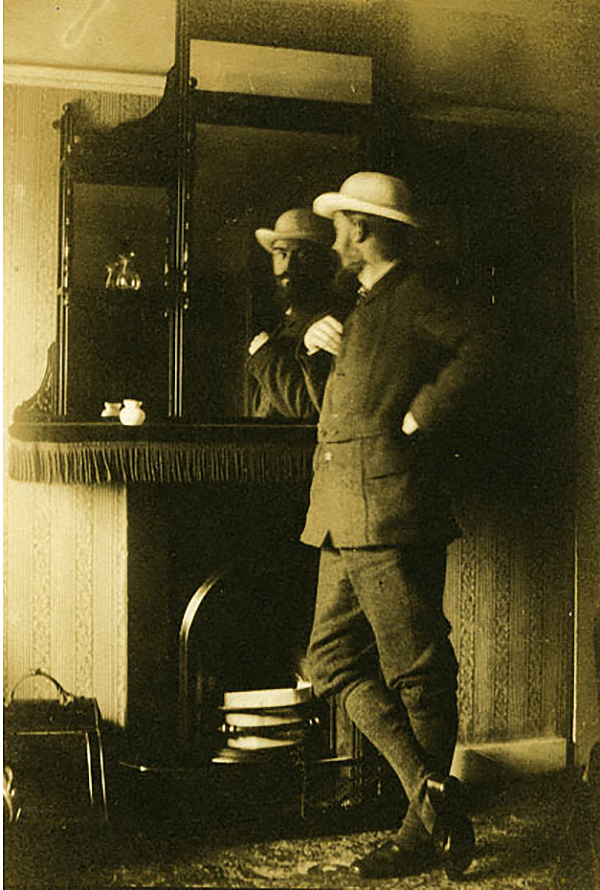
GB Shaw/LSE. Reproduced by kind permission of the Society of Authors, the National Trust and the London School of Economics.
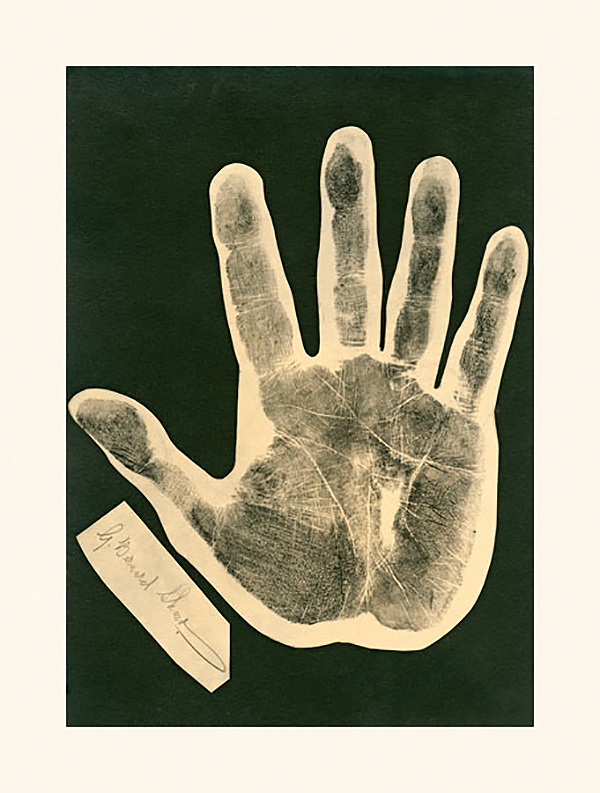
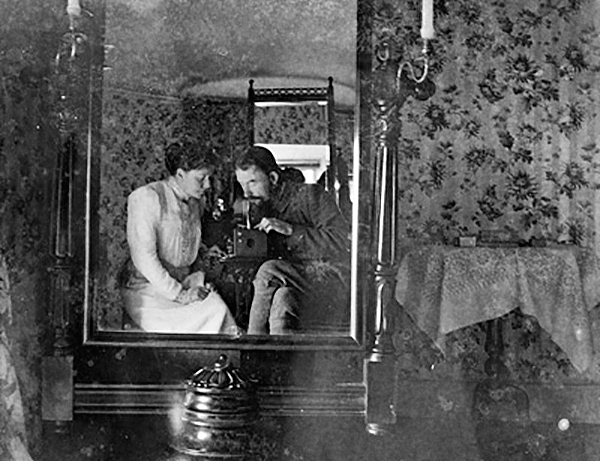
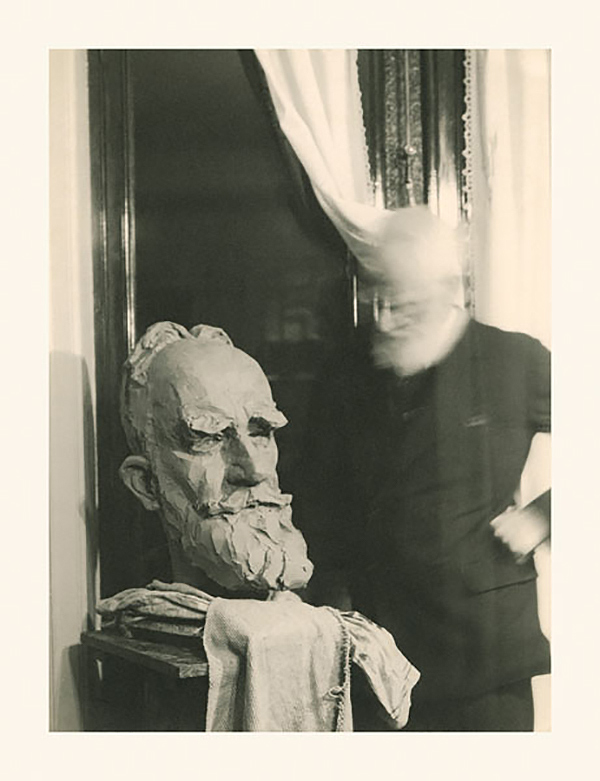
George Bernard Shaw – Reproduced by kind permission of the Society of Authors, the National Trust and the London School of Economics.

George Bernard Shaw – c 1904 – Reproduced by kind permission of the Society of Authors, the National Trust and the London School of Economics.
“You use a glass mirror to see your face; you use works of art to see your soul.” – George Bernard Shaw –
